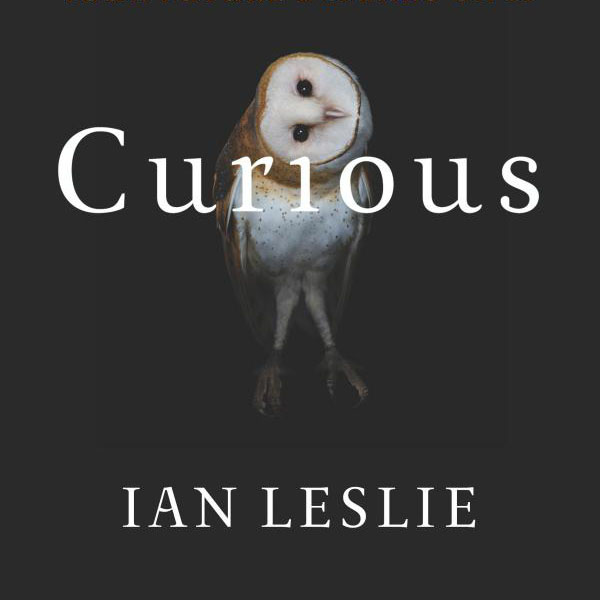Do you remember being a child – or watching your children? Their endless “Why’s?” Their constant testing? Do you feel that you’ve lost some of that innocence and wonder? Maybe you are too busy to think about it. But as new technology takes on more physical and analytical –and even predictive work, human curiosity and the creativity it depends on, becomes a way to keep relevant as well as to keep learning.
And curiosity is what helps us rise above our assumptions to look with fresh eyes on the world, including people, we think we know. It opens us to the new perspectives we need to solve today’s complex problems and create tomorrow’s better future. Curiosity is a critical capability for people and key building block for the agile enterprise!
Ian Leslie’s book, Curious, The Desire to Know and Why Your Future Depends on It, is a great place to go to help you activate and build this most vital learning muscle.
He recognizes that we never lose our ability to be curious – but that idolizing childhood curiosity misses the boat. Adults are not children, we have more knowledge and should be continually pursuing more knowledge because knowledge is part of the perspective we bring to our questions. One key point he makes is that it is not enough to just learn how to learn or to –outsource our knowledge reservoir to Google. We need both – increased knowledge of facts and concepts AND effective ways of using them. He says that really curious people “live in a kind of augmented reality: everything they see is overlaid with additional layers of meaning and possibility, unavailable to ordinary observers.” I am reminded of the chess master sitting with thousands of move possibilities in her head. As Leslie says, the more “diverse your knowledge, the more curiosity is aroused.”
I was excited to see what I interpreted as another validation of SMART Learning 4.0, too. He talks about the evolution of our curiosity from instinctual exploration (parallel’s Learning 1.0), to more social curiosity characterized by “why” questions (parallel’s Learning 2.0) to moresophisticated curiosity that occurs when life problems combine with accumulated knowledge to create new ideas and perspectives (equivalent to Learning 3.0 – and with high levels of skilled tuning, to Learning 4.0).
Leslie spends some time reminding us of the power of questions as drivers of curiosity. And then he proposes seven ways to strengthen the curiosity muscle. I’ll leave the details to your reading of the book – which I strongly recommend. But here are the seven:
- “Stay foolish.” Be open and explore
- “Build the database.” Here he talks about the importance of accumulating facts and knowledge
- “Forage like a Foxhog.” It’s important to know some things in depth but to learn about many, many topics. This is a foundation for genius
- “Ask the big WHY?” Go for what is really at the heart of issues, needs, successes, failures
- “Be a thinkerer.” Try things out, be creative
- “Question your teaspoons.” He says nothing is inherently boring. Think about that!
- “Turn puzzles into mysteries.” You solve puzzles once and for all. Mysteries unfold more and more layers as you explore them.
These are practices that make life endlessly fascinating. They are critical for continually adapting to changes in work, life and the world. And, of course, they underpin the agility and creativity of the institutions whose missions we may serve.
Leslie is an adept writer and experienced reporter whose articles about psychology, society, and politics appear in publications like The Economist, Guardian, and Financial Times. I’ll read more of his articles. Hope you will take a look, too, and get this wonderful book!
Ian Leslie, Curious: The Desire to Know and Why Your Future Depends on It. New York: Basic Books. 2014.


